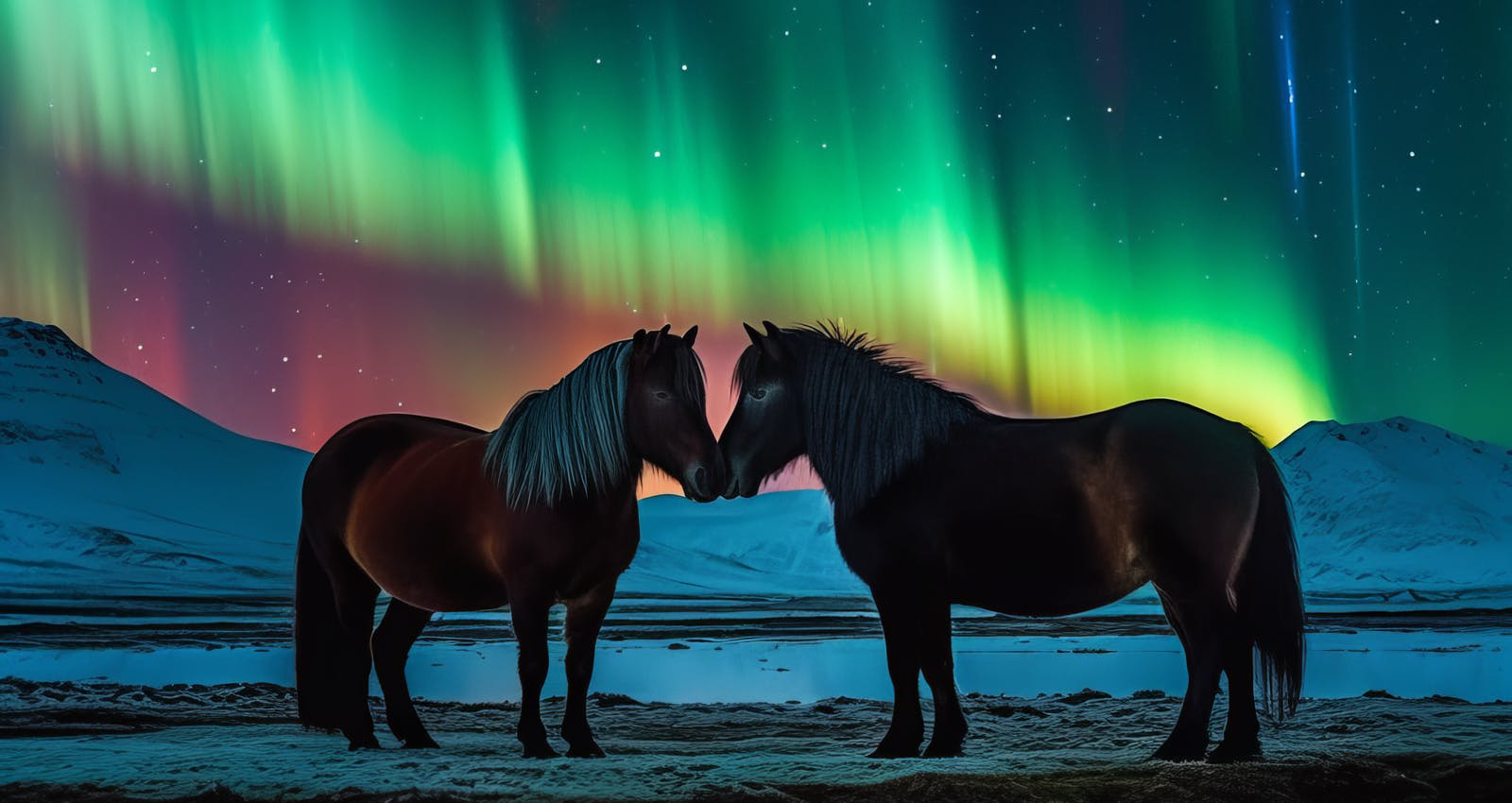
Icelandic Folklore about the Northern Lights
Iceland’s most popular winter attraction is the Aurora Borealis (northern lights). Travellers trek to Iceland from around the world to catch a glimpse of the green, white, and red lights dancing in the night sky. There’s something special about bundling up in your warmest winter gear, trekking outside main towns to avoid bright lights, and hunting for northern lights. To some Icelanders, northern lights are an important part of the Icelandic culture and history.
Icelandic folklore is rich with stories and beliefs connected to the Northern Lights, often called the “norðurljós” in Icelandic. These vibrant displays of light have captivated the imaginations of Icelanders for centuries, and various myths and legends have been passed down through generations to explain their existence.
The Spirits of the Departed
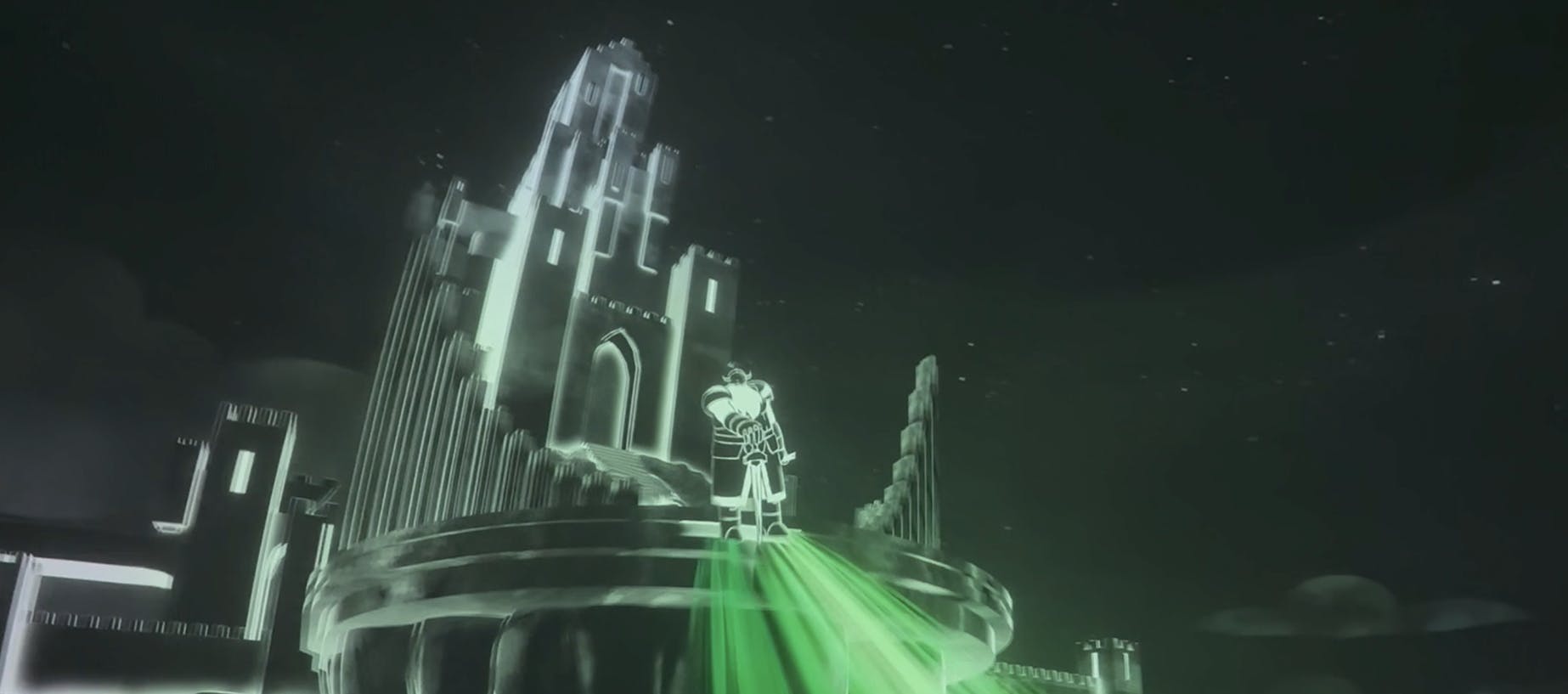
In some Icelandic folklore, the northern lights are believed to be the spirits of the deceased, particularly those who have not found their final resting place. They are thought to be dancing in the sky, creating colourful displays.
The Fox's Tail
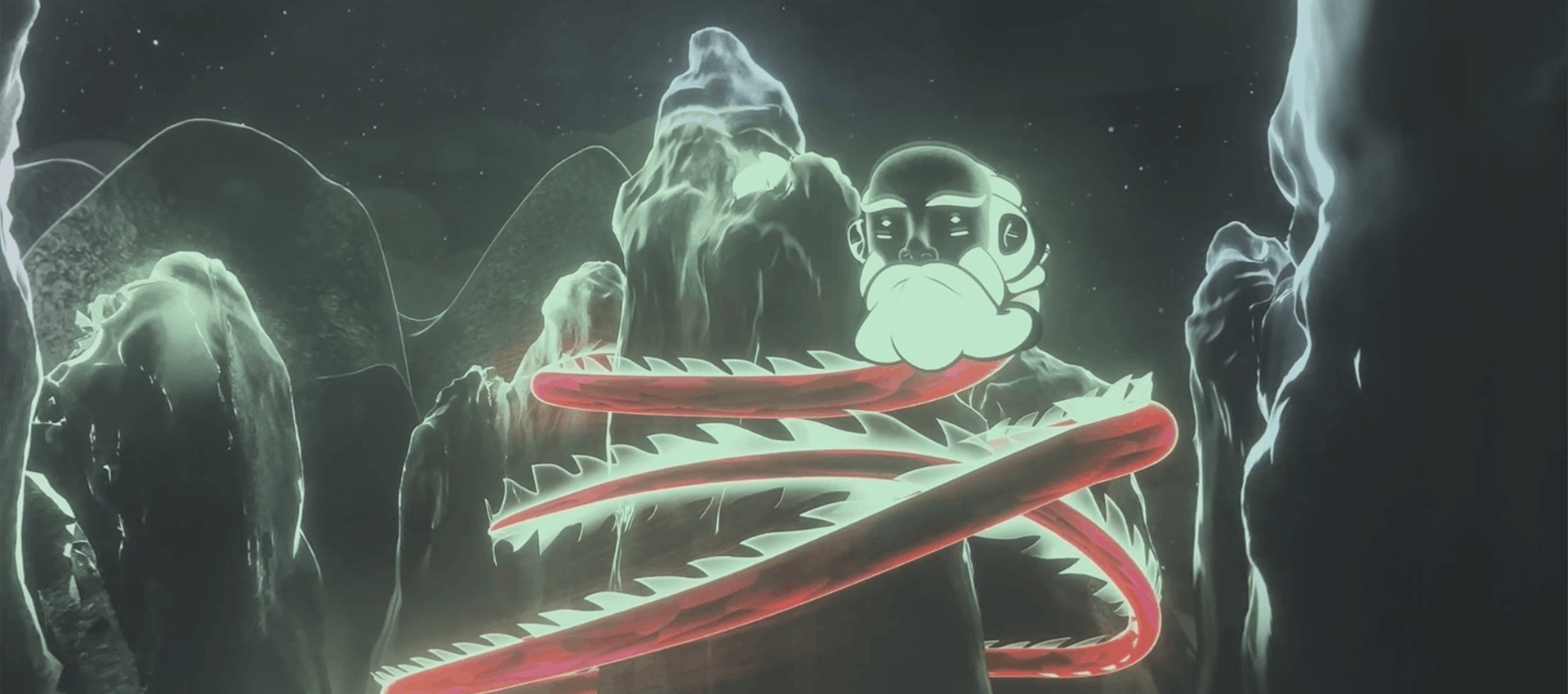
Another Icelandic legend suggests that the northern lights are caused by the sweeping tail of an arctic fox as it dashes across the snowy landscape. The lights’ glow is said to reflect the fox’s fur on the snow and ice.
The Belief in Dancing Elves
In Icelandic folklore, the northern lights are believed to result from elves and hidden people (Huldufólk) dancing in the dark night sky. These supernatural beings are thought to come out of their homes to celebrate and dance under the bright auroras. Some Icelanders have claimed to hear music and laughter accompanying the lights, reinforcing this belief in the connection between elves and the northern lights.
Warnings and Omens
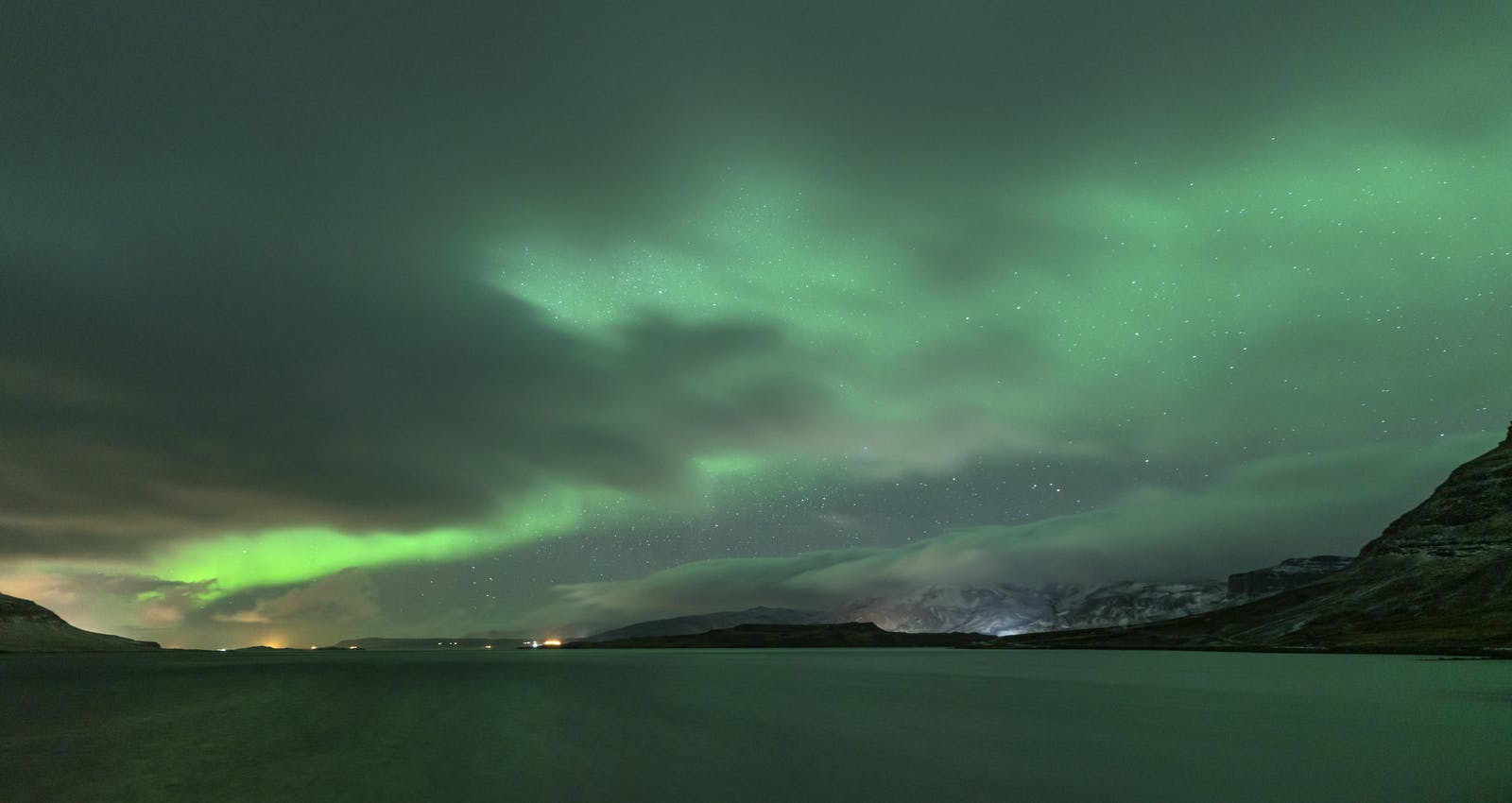
Meanwhile, the appearance of the northern lights was also seen as a warning of impending bad weather or storms in Iceland.
A Sign of Good Luck
The Northern Lights are often viewed as a sign of good luck in Icelandic folklore. Seeing them was considered an omen of good fortune, especially for those about to embark on a journey or significant life event.
Where is it Possible to See the Northern Lights?
Northern lights can usually be seen between 60 and 75 degrees of latitude, which covers not only Iceland, Norway, Finland, Sweden, Greenland, Russia, the US state of Alaska and parts of Canada. However, it is possible for auroras to be seen in northern US states and northern England and Scotland, although it’s not common.
Where Can I Learn About Northern Lights in Reykjavík?
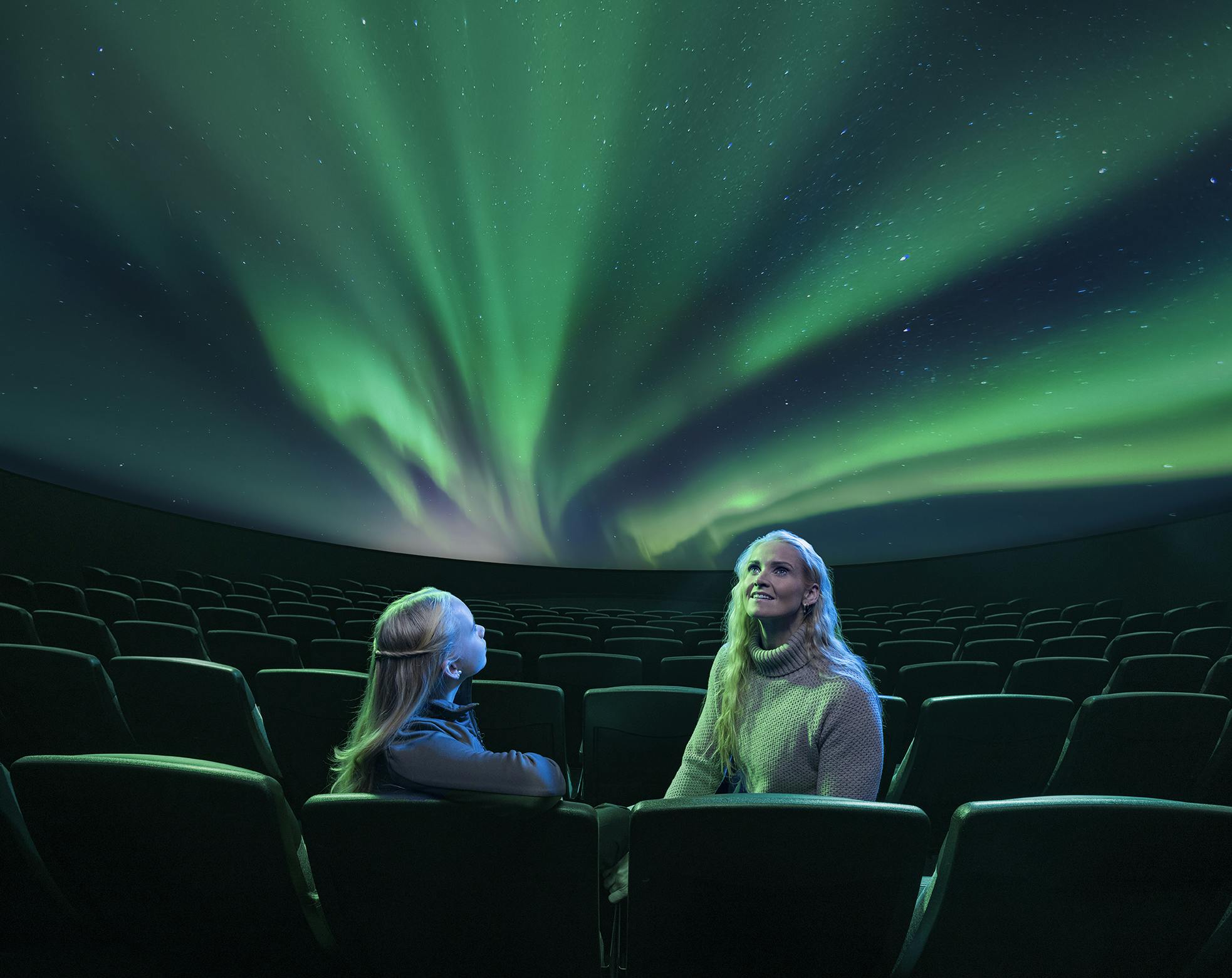
Perlan’s Northern Lights Show, Áróra, is a breathtaking film about northern lights. The film includes many stories, combining science and art to create a unique experience for guests. At Perlan, you can learn how northern lights form, hear fascinating tales about them and see fantastic displays. In Icelandic nature and outer space, the northern lights virtually dance around you.
Perlan is home to Iceland’s only planetarium and uses a state-of-the-art 8K projection system and surround sound system to bring you the full spectrum of the magical story of the northern lights.
FAQ
How do the northern lights form?
The Aurora Borealis is a phenomenon caused by solar winds, which blow electronic particles into molecules of atmospheric gases, causing an emission of bright light. The best time to see northern lights is from September to March, and there are forecasts predicting visibility on the national weather website (www.vedur.is). When the forecast is favourable, it’s best to drive (or take a tour bus) to a dark area and look up.
When is the best time of year to see northern lights in Iceland?
Any month in winter is an excellent time to see the northern lights, but it comes down to luck. The skies must be clear and dark for the lights to be visible. As you get closer to Iceland’s midwinter, the nights get longer, and the aurora is easier to see. The conditions have to be right.
It’s possible to see the northern lights from late August to early April, but it’s best to visit between early September and mid-March. The night skies will be much darker, improving your chances. If you want an excellent shot at a sighting, travel to Iceland as close to midwinter as possible.
While the Northern Lights are a must-see in Iceland, another astronomical event will make 2026 even more special. The Solar Eclipse 2026 in Iceland will be a total eclipse visible from Reykjavík, offering a rare chance to experience both phenomena in one destination.







